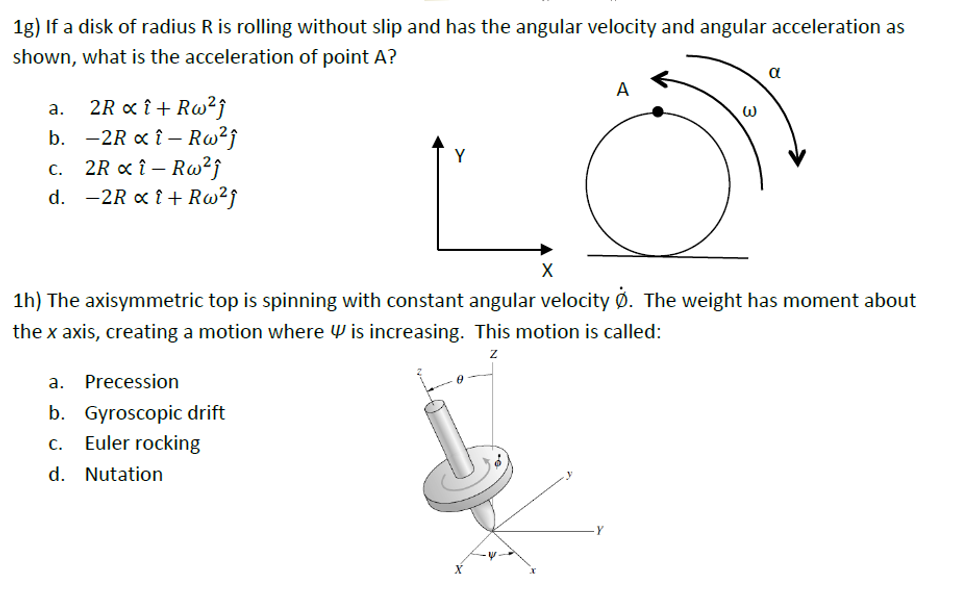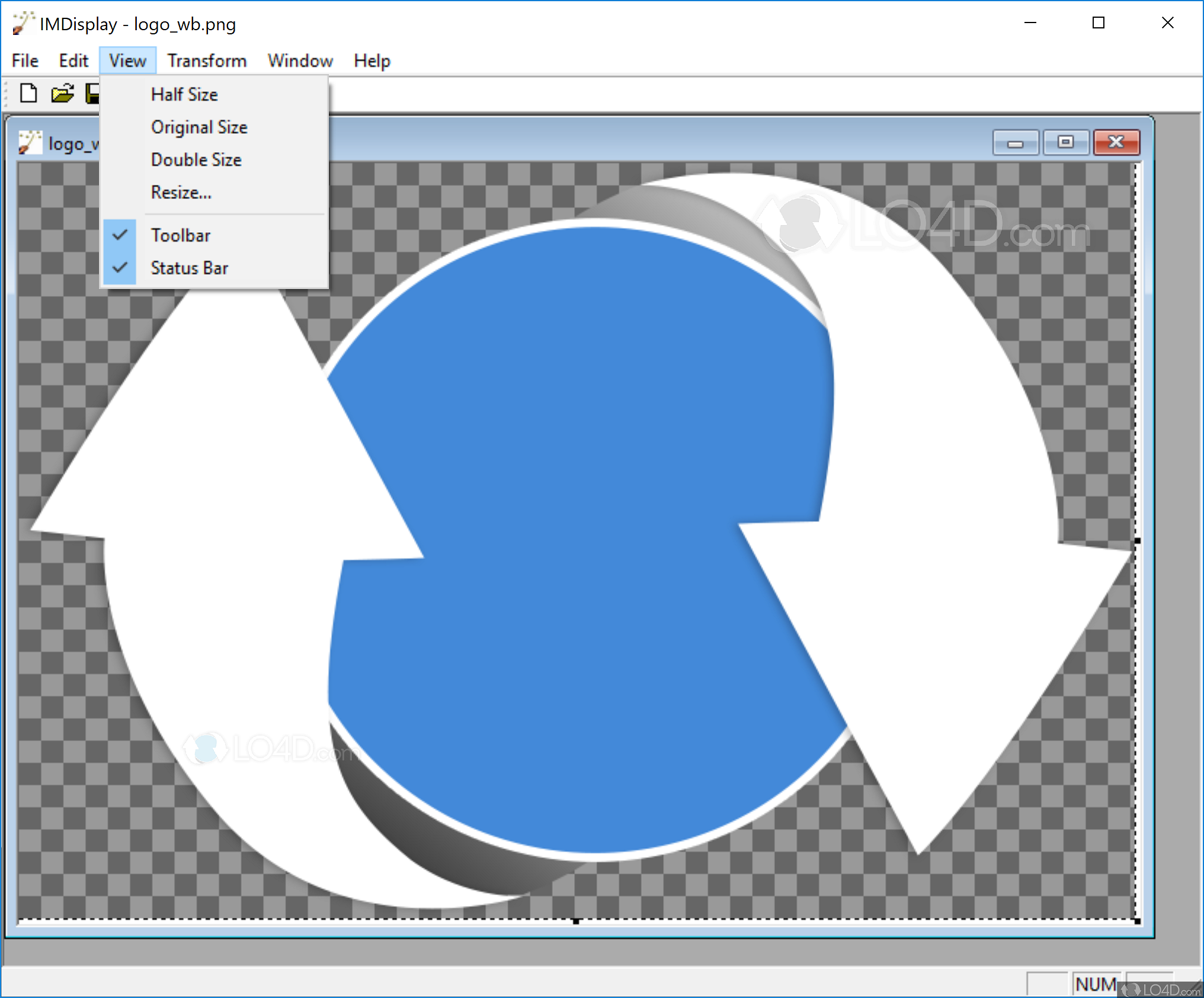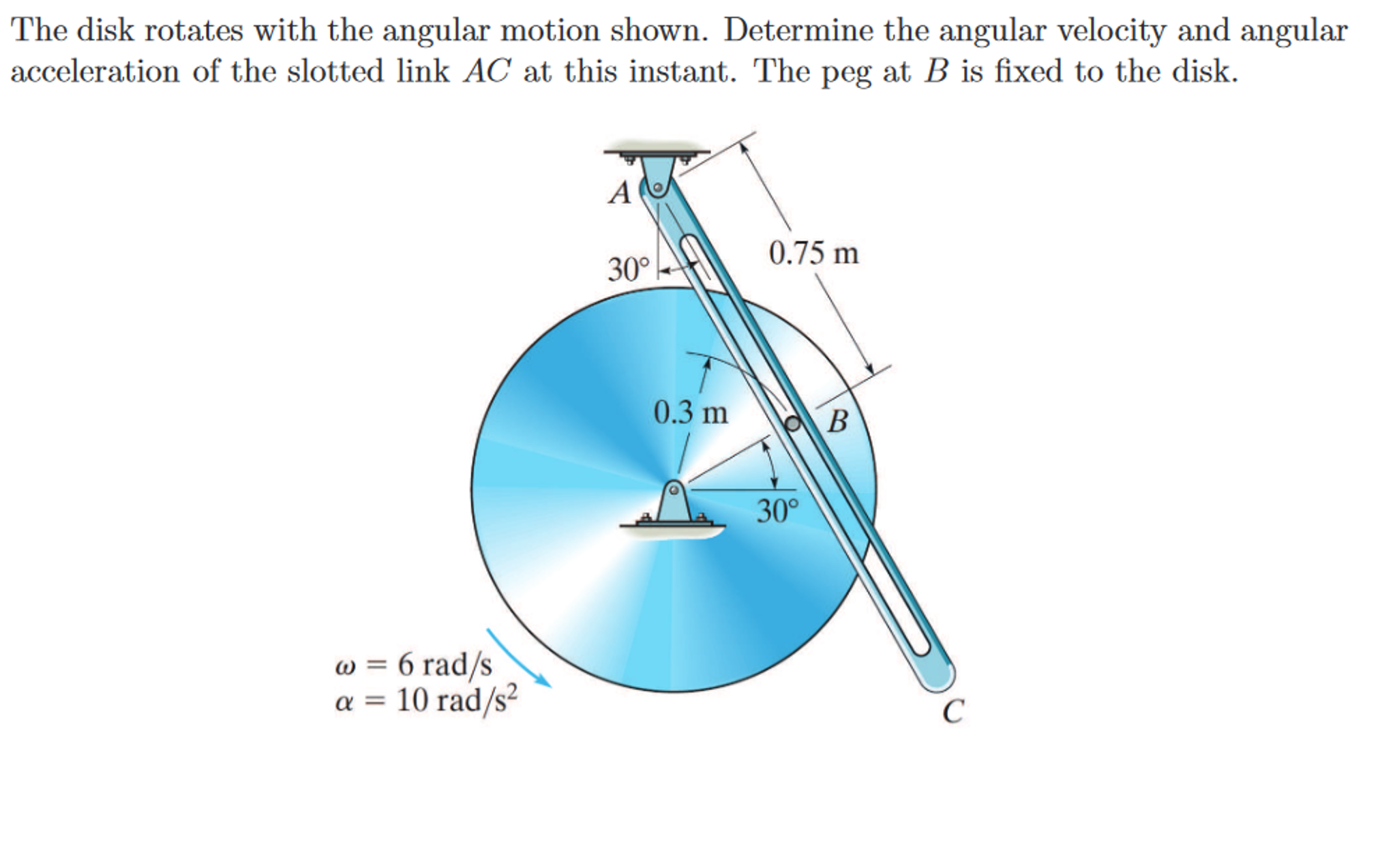

Note how the second last kernel ' Corner #0' not only has 'on' Take part in any of the morphology calculations. That is they will do not have any valid value, and will not

Parts that are transparent are not part of the defined 'neighbourhood' The morphological methods will take, so it is better to keep the kernelsĪll of the kernels shown, excluding the last one, are actually shaped. However the larger the kernel, the longer This is what makes morphology extremely powerful as a means of sorting Termed in morphology research papers, is important as a means of locating andĮnhancing or deleting image elements that are larger or smaller than this The final size and shape of a 'Structuring Element', or 'SE', as a kernel is Sometimes faster than directly using a larger kernel, but again that is not This does notĪlways work however, and can produce unexpected results, however it is Repeated (iterated) to increase the effective 'size' of the kernel, so as toĮffect more pixels further away from the 'origin' (as marked). Specific to that kernel, while others used for special purposes are of fixedįor simple kernels, such as the first two, the morphological method could be Kernels can be made larger, typically by increasing a 'radius' argument Note that these are only some examples of possible neighbourhoods. Special element is the location of the pixel that will be 'effected' by theĭefined neighbourhood, and is typically though not always the center pixel of

Values with one element specified to be the 'origin' of the kernel. However the 'kernels' are not really images. 'Disk' kernel show above is actually " ", and that is one of the 'kernel', and as you can see typical kernels are often very small. The images have been scaled to highlight the individual elements of the (using a special script " kernel2image"") showing some of the 'neighbourhoods' around Here are some examples of various kernels that have been converted into images Shape this 'neighbourhood' often depends on just what you are trying toĪchieve, or what you are specifically looking for within the image. 'neighbours' for each specific morphological method. The whole process actually depends on the definition of a 'StructuringĮlement' or 'Kernel', which defines what pixels are to be classed as Then like to make that pixel black, so as to leave only edge pixels turned on.

Pixels, then that pixel is obviously not on the edge of the image. Image, perhaps repetitively, specific shapes can be found and/or removed andįor example if an pixel is white and completely surrounded by other white It works by comparingĮach pixel in the image against its neighbours in various ways, so as toĮither add or remove, brighten or darken that pixel. Shapes within an image could be cleaned up and studied. Morphology was originally developed as a method by which the structure of Of the shapes of objects found within an image. (dilate/erode), to distance from edge, to thining down to a skeleton, orĮven the more anchiet method of 'convolution' techniques that provideīlurring and sharpening techniques (next section), is in a way a typeĮssentually morphology is for the modification, determination, and discovery Provide a huge range of effects, Shape expansion and contraction 'neighbourhood' of the other pixels that surround it. Morphology modifies an image in various ways based on the nearby


 0 kommentar(er)
0 kommentar(er)
